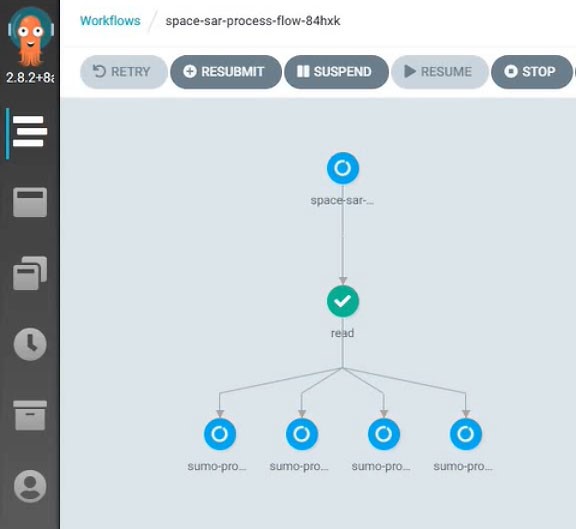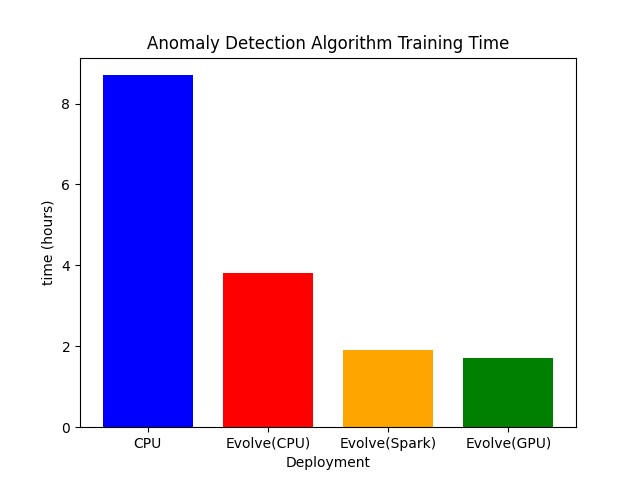News
Improving Maritime Surveillance with EVOLVE
The aim of the maritime surveillance pilot in EVOLVE is to assess the value which the EVOLVE technologies can bring to the sector. Using the in-house-developed ACRITAS maritime surveillance platform as a starting point, Space Hellas has been adapting and re-engineering its main components in order to benefit from the EVOLVE technology propositions.
The maritime surveillance workflow includes both the analysis of AIS data (Automatic Identification System – identity and course information broadcasted by all ships) as well as detection of vessels in SAR (Synthetic Aperture Radar) images, acquired either by satellites or patrolling aircrafts. AIS and SAR targets are correlated to identify potential non-cooperating vessels within the Area of Interest. In parallel, anomaly detection algorithms based on Deep Learning are applied on AIS time-series data, to identify vessels suspicious behaviours, such as abnormal routes, intermittent transmissions, manipulated data etc. The maritime integrated situational picture (ISP) is visualised in a GIS-based GUI, where the vessels and all the associated metadata, along with the satellite imaging scenes, are displayed on a map.
Within EVOLVE, Space Hellas worked to transform the existing pipeline to adapt to the EVOLVE logic. This involved the architectural re-engineering of the maritime surveillance platform. This re-engineering includes the transformation the initial monolithic architecture of the platform in a workflow-based containerised logic, with the aim of taking advantage of the EVOLVE accelerations, such as parallelisation, fast storage and hardware-accelerated distributed processing. More specifically, the platform was de-composed into its basic elements, which were deployed as Docker containers, following the general approach of the EVOLVE platform. These were deployed in the NOVA platform and were organised into a workflow, first using Argo directly and then using the bespoke Zeppelin interpreter. Dedicated data ingestion modules were developed, ingesting both AIS data feeds as well as SAR scenes corresponding to the defined Areas of Interest (AoI). The SAR scene processing stage was upgraded using the open-source Sumo algorithm and visualisation was achieved natively within Zepellin.
The deployment of the SAR processing tasks as Argo workflow stages greatly facilitated their parallelisation, merely by configuring the workflow accordingly (Fig.1). This parallelisation, combined with the significant computing resources of the EVOLVE platform, resulted in a decrease of the SAR processing time by at least 70% compared to the legacy deployment - thus greatly improving the response time of the system.

Figure 1. SAR image processing task parallelisation using Argo
At the same time, the AIS anomaly detection algorithm was also ported to Docker and mapped to an Argo workflow stage. This Deep Learning task was easily configured from Zeppelin to take advantage of two accelerating features of EVOLVE: GPU resources available in the cluster and an Apache Spark platform for big data processing. These features resulted in the decrease in the algorithm training time by approx 75% (Fig.2) compared to CPU-only processing in the legacy system.

Figure 2. Spark/GPU acceleration in EVOLVE
The final steps of the integration to follow are the assembly of the end-to-end workflow and the execution of a series of tests to further evaluate its performance and scalability – and thus quantify the gains from the EVOLVE technologies.
